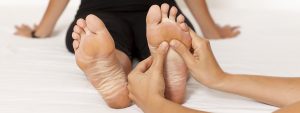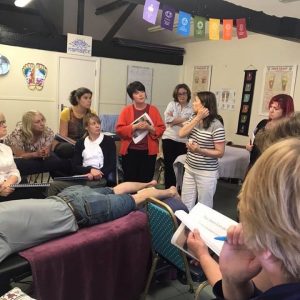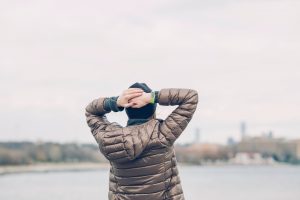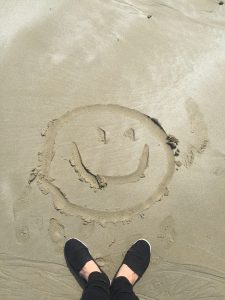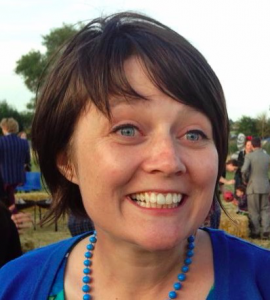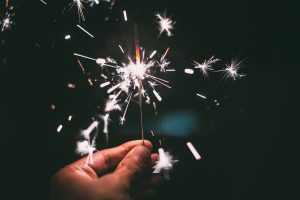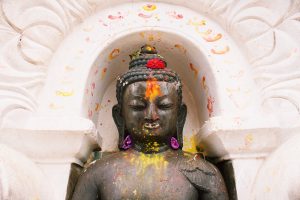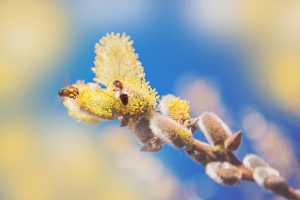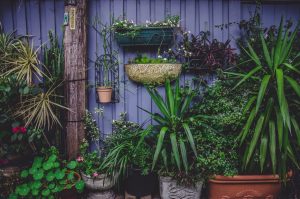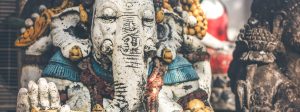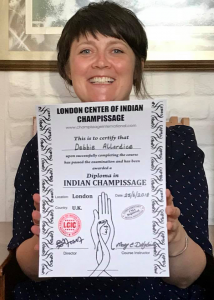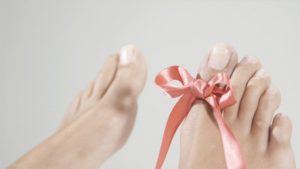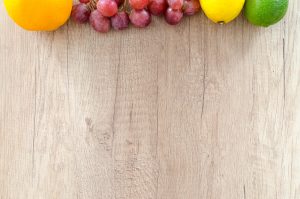
Right now, we’re in the early stages of the COVID-19, coronavirus spread. Some of us are self-isolating, businesses are beginning to close, people are getting sick. At this time of panic and uncertainty, a great thing we can do to support ourselves and stay healthy is to support our immune system.
I’ve put together a list of evidence-based things we can all do to support our immune systems to be at their optimum.
Eight ways to support your immune system
- 1. Increase fruit and vegetables in your diet. At the moment food is becoming scarce! But if you’re able to, continue to eat a varied, healthy diet based on fruit and veg to provide your body with a wide range of micronutrients. We may want to reach for comfort food right now, and that’s ok, as long as you balance with some nutrient-rich foods.

- 2. Aim to have 7 – 8 hours of sleep every night. Research shows that having good quality sleep strengthens your immune system. When we sleep, we create and release particular hormones, proteins and chemicals that are involved in fighting off infection and disease. If you aren’t getting enough sleep at night, you are lying awake worrying about things, and you feel very tired on waking, you may be suffering from sleep deficiency. Try going to bed earlier. Try to do more exercise earlier in the day rather than late at night. Have a good routine before bed. Try to top up on naps during the day. Get outdoors in the morning to get some natural sunlight (see below).
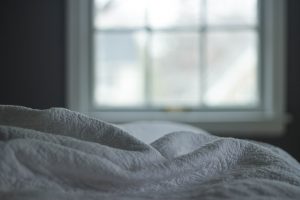
- 3. Physical activity increases the strength of the immune system. We know that exercise increases blood circulation which in turn increases the movement of immune cells through the body. After exercise we also secrete more cytokines, a protein that regulates inflammation and is involved in fighting infection and trauma in the body. If you can’t get out to do your usual exercise, think of things you can do at home like the gardening (with those added benefits of being outside), doing the housework, hoovering, running up and down the stairs, or doing some yoga or online workouts.
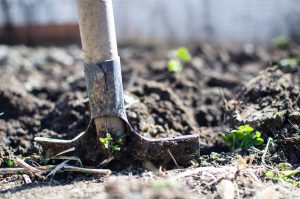
- 4. Whilst getting too much sun is considered harmful to the skin, getting short amounts of sun exposure is good for the immune system. Vitamin D produces anti-microbial molecules which aid immune functions. Getting out for just 15 minutes a day is enough to produce the right amount of vitamin D. There are also wider benefits to getting outside, including supporting your mental health and if you’re doing it in the morning, it’ll improve your circadian rhythms and in turn your sleep. Try and get out into the garden, go for a walk somewhere spacious (the National Trust have just opened their parks and woodlands for free during the outbreak), or try to get some sun on your skin by opening the window!

- 5. Reduce and manage your stress levels. Hard to do when cooped up at home! But there are some simple and easy things you can do at home to help process stress. Find something that works for you, but you could try abdominal breathing, listening to music, dancing around like a loon in your front room, doing something creative like drawing, knitting, putting together a photo album, there’s social connection (see below), and of course, massage!
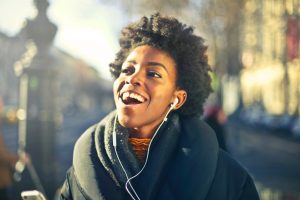
- 6. Washing your hands really is a great way to support your immune system, by effectively ridding you of anything you may have picked up unwittingly. Keeping surfaces clear and clean, washing tea towels and bath towels regularly, keeping up with the housework while we’re stuck at home!

- 7. Be moderate with your alcohol intake. Studies show that excessive alcohol can cause immunodeficiency, leading to increased illness. Like alcohol, caffeine stimulates the sympathetic nervous system and elevated cortisol levels are known to reduce the ability of your immune system to fight infections. Make sure you stick to no more than two cups of coffee a day.

- 8. And last but not least, increasing social connection. Whilst we may not be able to see our friends and family in person right now, picking up the phone or video calling and having a chat can help us feel supported, connected and lift our spirits. We are all very good at communicating by text, on social media, by email. But there’s nothing better than actually talking, having a conversation. An having a good laugh with someone you love is one of the best medicines. If you’re holed up with someone you’re physically close to, having a hug, giving someone a massage (of course!), having a kiss (and more!) releases a hormone called oxytocin which will relax you and in turn help to support your immune system.
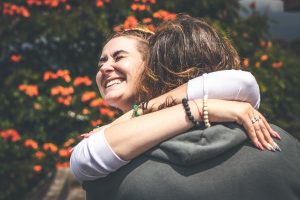
So during this strange and unprecedented time, there are ways we can look after ourselves and others. Stay safe and as healthy as possible people, and look after one another.
Hello! I’m Debbie, a holistic therapist passionate about helping people feel better using reflexology and natural therapies. I work with people who are living with stress, stress-related conditions, anxiety and depression to achieve a long-term shift in their physical and mental wellbeing, by reminding the body to relax, let go, and feel more at ease.
Get in touch if you’d like to find out more.

